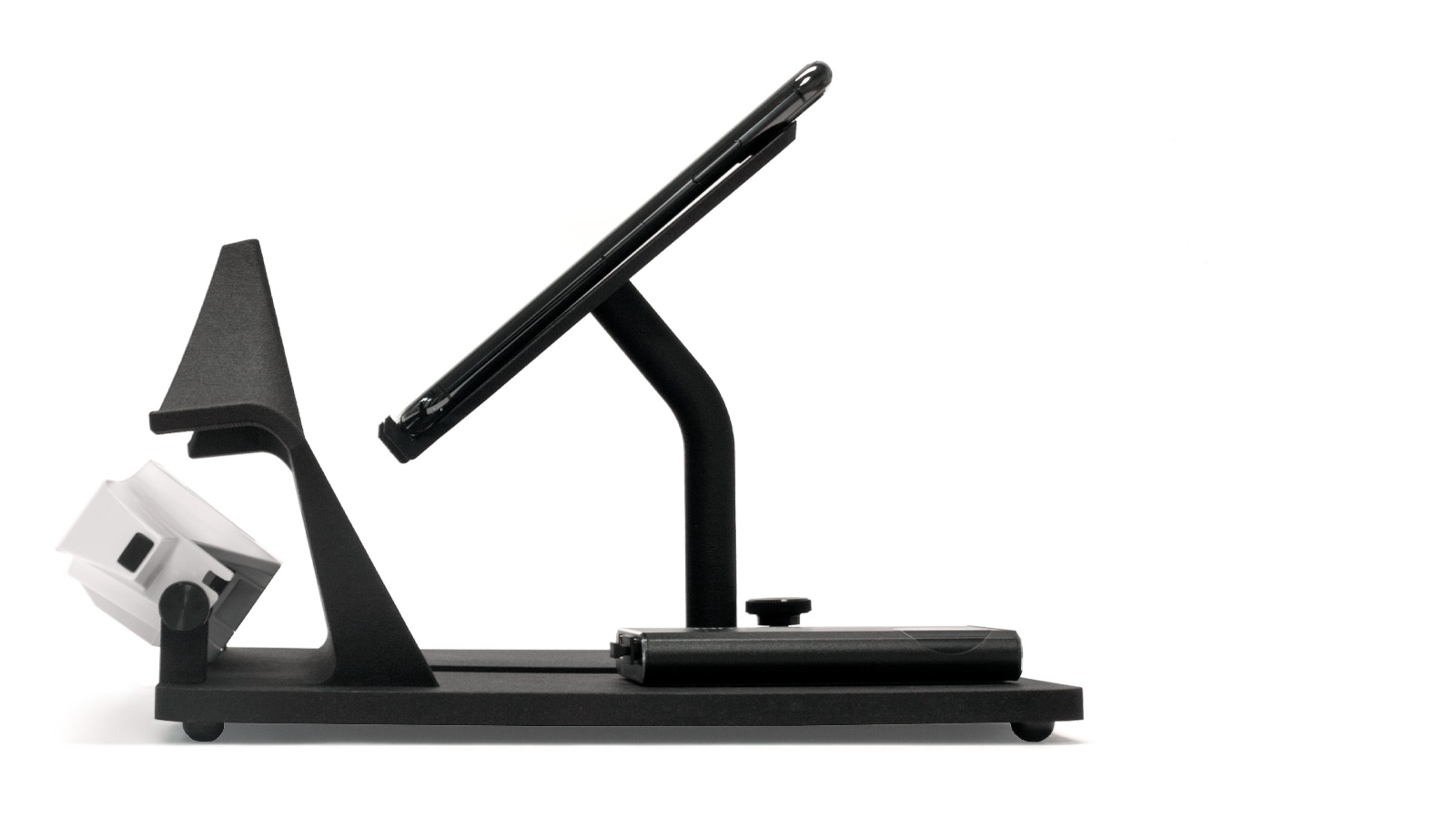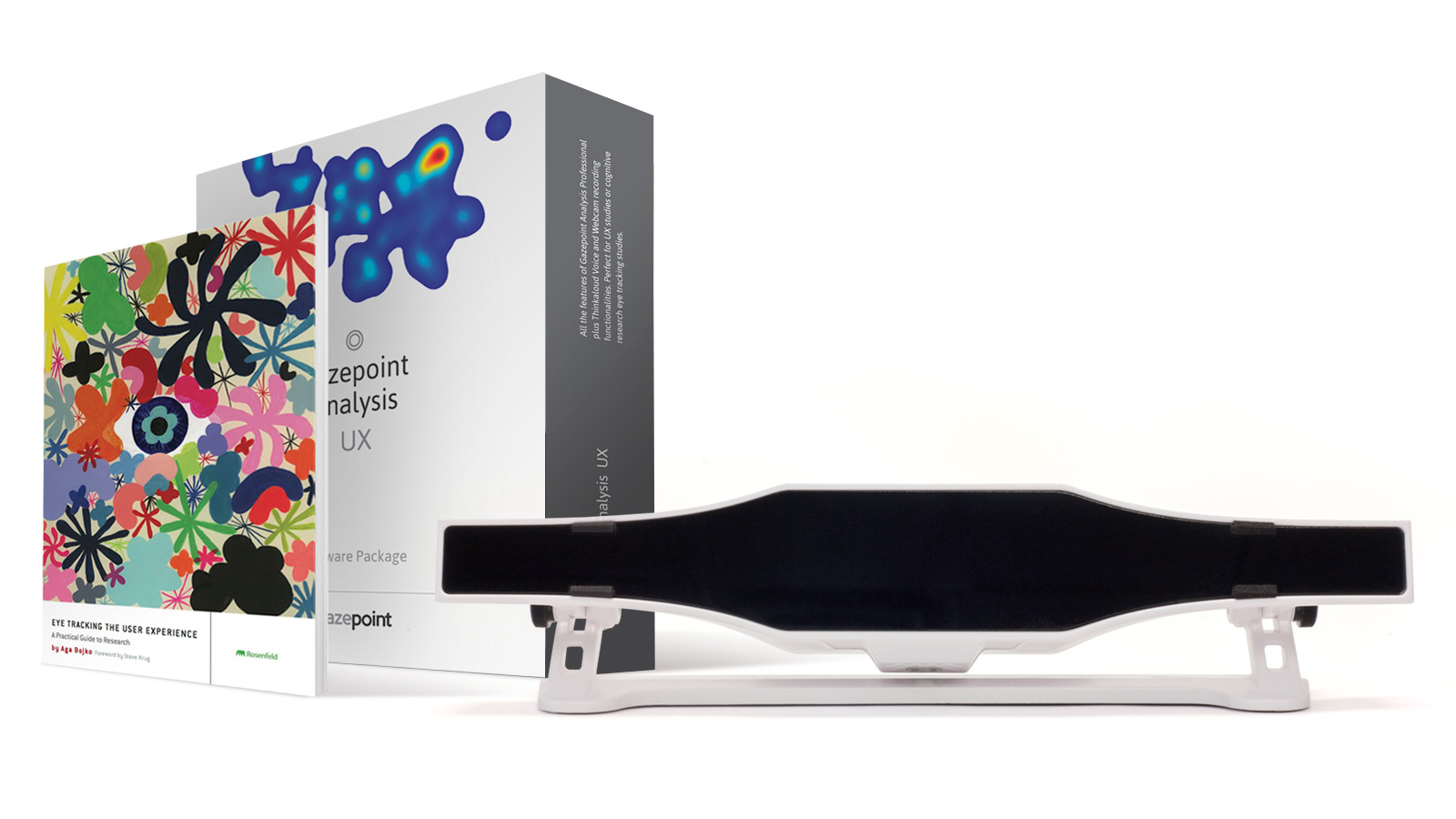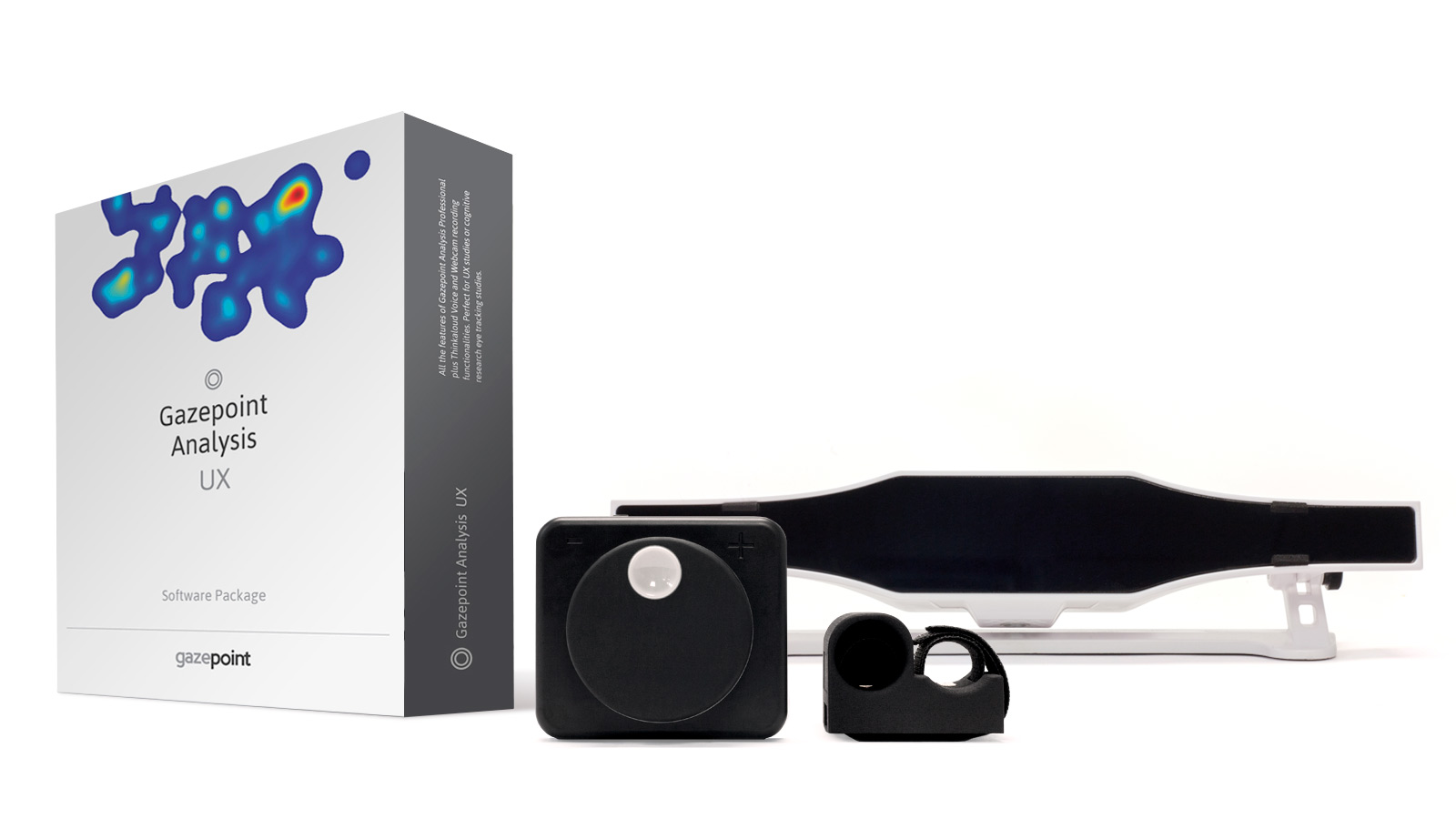How Can You Apply Eye Tracking to Usability Testing?
When designing a website, app, or product interface, one of the biggest challenges is understanding how real users interact with it. Do they notice the call-to-action button? Are they distracted by cluttered visuals? Do they find the navigation intuitive—or confusing? Traditional usability testing relies on observation, interviews, and click-tracking, but eye tracking takes this a step further by revealing exactly where users are looking in real time.
At Gazepoint, our eye-tracking and biometrics technology can be used for usability testing, helping researchers and designers create more user-friendly experiences.
Why Eye Tracking Matters in Usability Testing
Eye tracking adds a powerful dimension to usability research by measuring visual attention. Instead of relying only on self-reported feedback or inferred behavior, researchers can see exactly:
- What elements attract attention first
- How long users fixate on key features
- What gets overlooked
- How visual scanning patterns align with expected workflows
This objective data gives usability specialists a direct window into the user’s cognitive process, reducing guesswork and revealing pain points that might otherwise go unnoticed.
Testing Across Devices
User experiences today span multiple platforms, so usability testing must cover more than just desktop interfaces. At Gazepoint, we have several different options to fit any usability testing application.
Mobile Usability Testing with the GP3-Mobile

Gazepoint’s GP3-Mobile system is specifically designed for evaluating smartphone and tablet usability. With the GP3-Mobile, researchers can capture accurate gaze data while participants interact naturally with mobile devices.
Applications include:
-
App Usability: Measure whether users easily locate navigation menus, icons, and gestures.
-
Mobile Web Design: See if key content, such as pricing or calls-to-action, is visible without scrolling.
-
E-commerce on Mobile: Assess product visibility, checkout flow, and ad placement on small screens.
-
Cross-Platform Consistency: Compare how users engage with the same experience across desktop and mobile to identify design gaps.
The GP3-Mobile makes it possible to run usability tests that reflect real-world usage, where mobile has become the dominant access point for digital products.
The Gazepoint GP3 HD Ultimate Bundle

For teams looking to get started quickly, Gazepoint offers the GP3 HD Ultimate Bundle—a complete solution tailored for usability testing.
The bundle includes:
-
Gazepoint GP3 eye tracker for desktop testing
-
Gazepoint UX Edition software with built-in tools for heatmaps, fixation maps, and usability analysis
-
Ready-to-use features like Time to First Fixation, Areas of Interest (AOIs), and Gaze Replay videos
-
Easy export options for sharing results with stakeholders
The GP3 HD Ultimate Bundle is designed to provide an out-of-the-box usability testing platform so research teams can collect actionable eye-tracking insights without needing custom software or complex setups. It’s an ideal choice for UX designers, product managers, educators, and researchers who want a streamlined path into evidence-based design.
The Biometrics HD Eye Tracker Bundle

For research teams who want to go beyond eye tracking alone, Gazepoint offers the Biometrics HD Eye Tracker Bundle. This advanced kit combines high-definition eye tracking with biometric data collection, providing a deeper understanding of both where users look and how they feel while interacting with an interface.
The bundle includes:
-
The GP3HD eye tracker, offering higher resolution for more precise gaze data
-
Gazepoint’s Biometrics sensors, including heart rate and skin conductance (EDA/GSR)
-
UX analysis software that integrates visual and physiological signals for a complete picture of user experience
Applications include:
-
Measuring cognitive load during complex workflows
-
Assessing emotional engagement with marketing content or product designs
-
Validating stress responses in time-sensitive or safety-critical interfaces
-
Combining gaze data with biometrics to better understand user frustration, confusion, or satisfaction
The Biometrics HD Eye Tracker Bundle provides the most comprehensive solution for usability testing, making it ideal for advanced research labs, academic studies, and corporate UX teams that need insights into both attention and emotion.
Visualizing the Data
Gazepoint eye trackers allow researchers to capture and present usability data in intuitive formats:
- Heatmaps: Show aggregated areas of attention, making it easy to see what stands out most to users.
- Fixation Maps: Trace the step-by-step sequence of gaze points, revealing navigation patterns.
- Area-of-interest: Observe and quantify how users engage with specific UX elements
These outputs make results easy to communicate to stakeholders and help guide design improvements.
Benefits of Using Gazepoint Eye Tracking
With Gazepoint systems, usability testing becomes more accessible and cost-effective:
- Affordable hardware that brings eye tracking within reach for researchers and UX teams.
- High accuracy and precision for reliable results.
- Compatibility with open-source software like PsychoPy for flexible experimental design.
- Integration with biometric signals using the Gazepoint Biometrics System for pupil dilation, heart rate, and skin conductance, giving a deeper understanding of cognitive load and emotional engagement.
- Mobile-specific usability support with the GP3-Mobile for testing apps, mobile sites, and on-device workflows.
Conclusion
Eye tracking transforms usability testing from educated guesswork into evidence-based design. By seeing exactly what users see—and what they don’t—researchers can identify problems faster, validate design decisions, and build products that truly match user expectations.
With the addition of the GP3-Mobile system, Gazepoint expands usability testing beyond desktop to mobile devices, ensuring your research keeps pace with how people actually use technology today.
Interested in adding desktop or mobile eye tracking to your usability testing workflow? Contact us to learn more.


